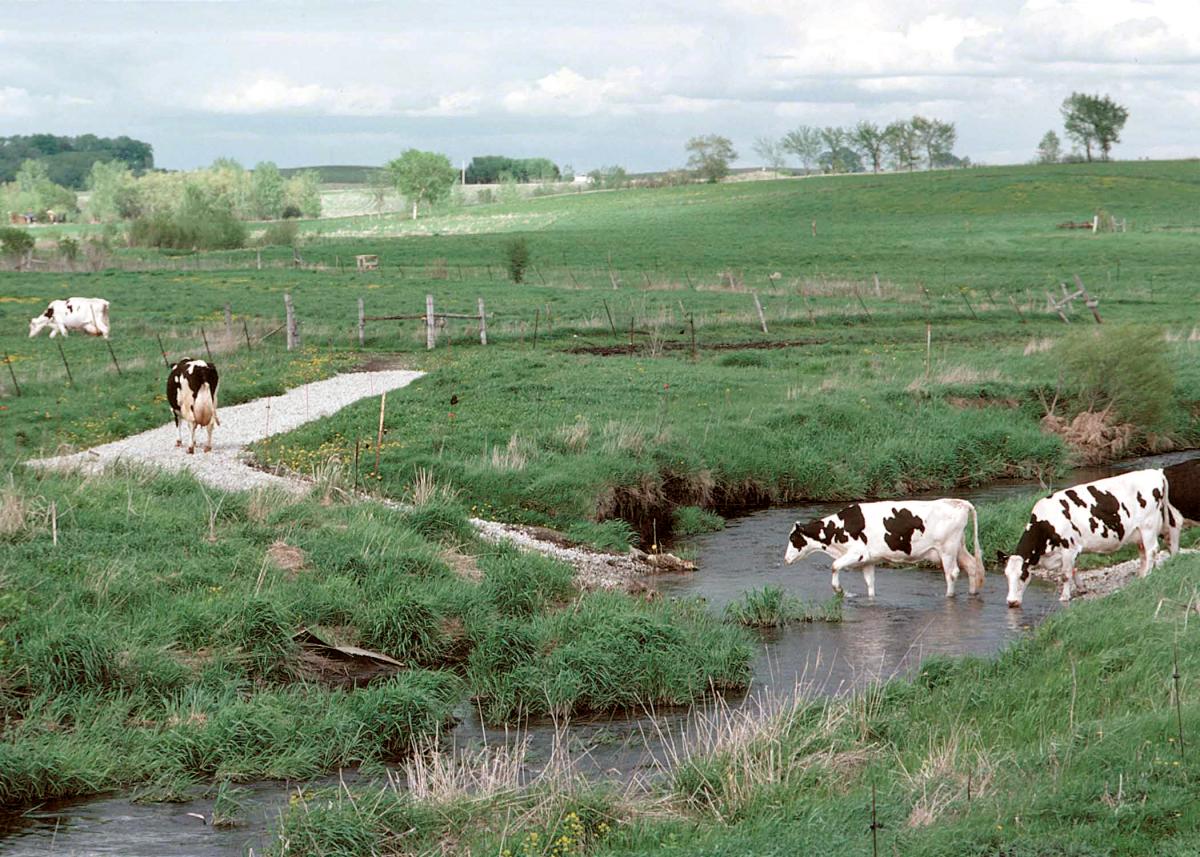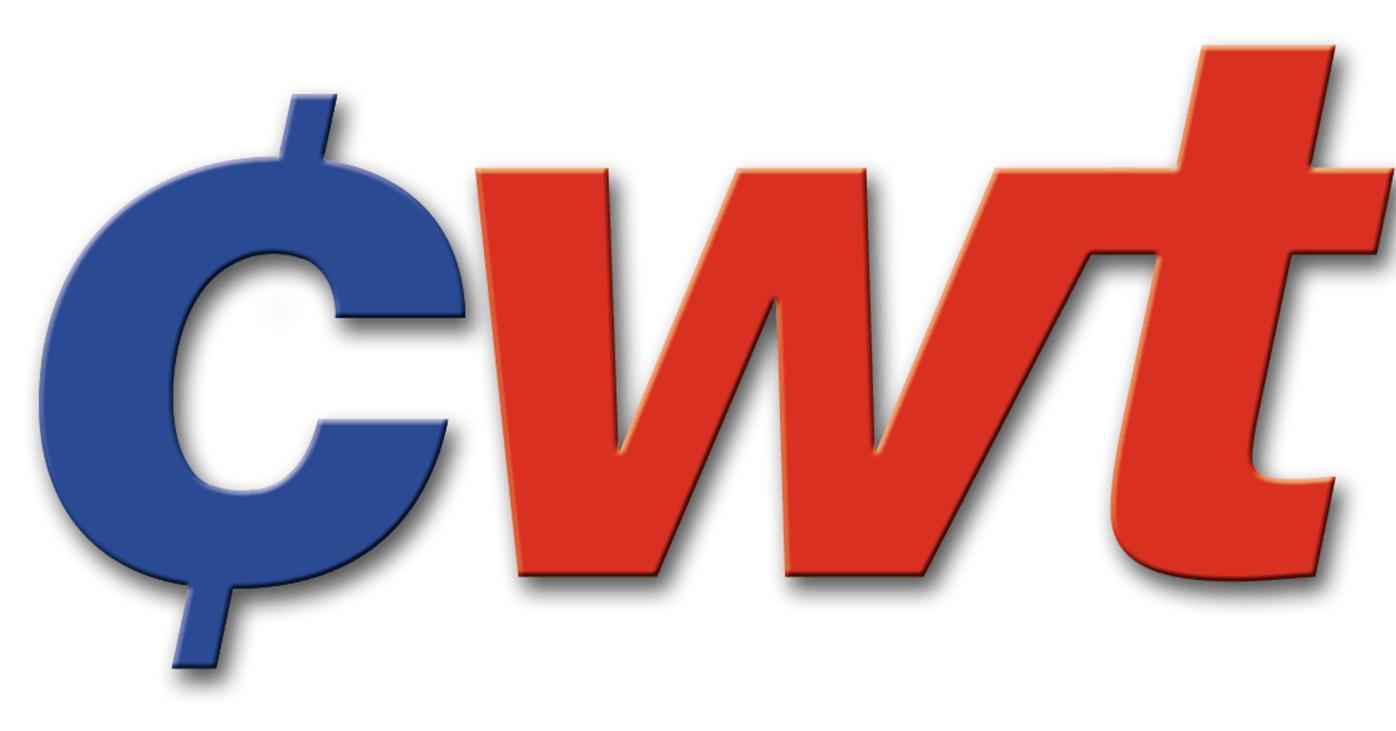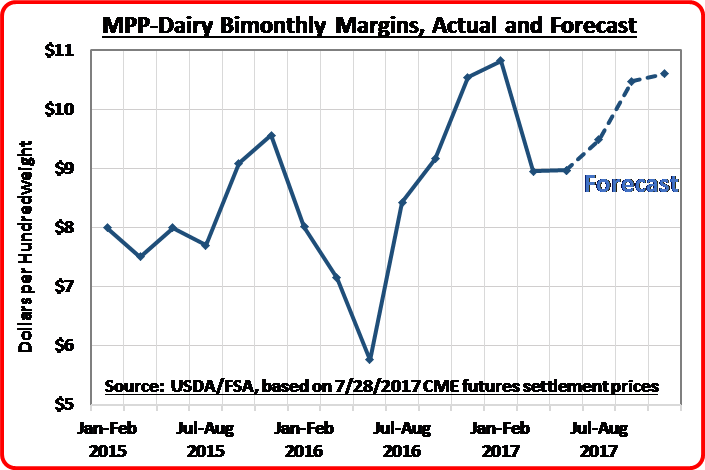 GUADALAJARA, Mexico – The U.S. and Mexican dairy industries released a unified list of priorities today that includes modernizing the North American Free Trade Agreement (NAFTA) to solidify their strong dairy market partnership, and addressing concerns about Canadian and European dairy policies.
GUADALAJARA, Mexico – The U.S. and Mexican dairy industries released a unified list of priorities today that includes modernizing the North American Free Trade Agreement (NAFTA) to solidify their strong dairy market partnership, and addressing concerns about Canadian and European dairy policies.
A list of nine shared priorities was agreed upon Thursday at a second annual summit meeting here between leaders of the two nations’ dairy industries, collectively called the United States-Mexico Dairy Alliance. The written list of priorities was released today.
The U.S. dairy industry was represented by the U.S. Dairy Export Council (USDEC) and the National Milk Producers Federation (NMPF). Mexican dairy producer organizations included the Confederación Nacional de Organizaciones Ganaderas, Gremio de Productores Lechero de la República Mexicana, and the Asociación Nacional de Ganaderos Lecheros, along with Mexican processor organization Camara Nacional de Industriales de la Leche.
The summit occurred on the heels of the first round of NAFTA renegotiation talks. As NAFTA talks continue, the European Union (EU) is seeking, through direct negotiations with Mexico, to impose new barriers to dairy trade through the abuse of geographical indications. This is a significant concern to U.S. and Mexican cheesemakers because it would give the EU exclusive use of common cheese names like asiago, gorgonzola and feta.
Canada is also disrupting dairy trade in North America and beyond as its new Class 6/7 pricing scheme dumps artificially low-cost milk powder in global markets, displacing U.S. exports from the Canadian market.
“We want to strengthen our relationship as Mexico’s most trusted dairy trading partner so we can continue to work together for the benefit of dairy sectors on both sides of the border,” said USDEC President and CEO Tom Vilsack. “That goal is all the more essential given other nations’ efforts to pursue harmful and disruptive approaches to dairy trade with Mexico through practices that hurt Mexican and U.S. dairy farmers and workers in the process.”
 Jim Mulhern, president and CEO of NMPF, said, “We are very pleased that our friends in Mexico have joined us in expressing opposition to the abusive attempts of the European Union to confiscate common food names, as well as the trade distorting practices of Canada, at a time when we are working to facilitate new opportunities throughout North America. This meeting provided an opportunity to explore how we can deepen those efforts.”
Jim Mulhern, president and CEO of NMPF, said, “We are very pleased that our friends in Mexico have joined us in expressing opposition to the abusive attempts of the European Union to confiscate common food names, as well as the trade distorting practices of Canada, at a time when we are working to facilitate new opportunities throughout North America. This meeting provided an opportunity to explore how we can deepen those efforts.”
Last year, representatives from the two nations’ dairy sectors held a two-day summit in Denver, Colo., that created a United States-Mexico Dairy Alliance. This year in Guadalajara, the focus was on expanding areas of collaboration while preserving current trade. The NAFTA renegotiation talks emerged as an important topic because the agreement is the foundation of the industries’ mutually beneficial free-trade relationship.
Enacted in 1992, NAFTA removed barriers to trade, and has led to more than a six-fold increase in U.S. dairy exports to Mexico, to $1.2 billion in 2016. Round one of NAFTA modernization talks ended Aug. 20 in Washington, with a second round scheduled Sept. 1-5 in Mexico City, and a third round in Canada in late September.
Vilsack and Mulhern noted that, in contrast to Mexico’s open trade approach, Canada has retained sky-high dairy tariffs and implemented policies that hinder free trade between North American neighbors. Canada’s new Class 6/7 pricing policy has drawn strong concerns of both the United States and Mexico, and was a significant point of discussion at the meeting here.
Mulhern noted that the new Canadian pricing scheme “intentionally undercuts U.S. dairy protein exports to other world markets, and at the same time, hurts dairy farmers in the U.S., Mexico and around the world by artificially lowering world market prices.”
The U.S.-Mexico Dairy Alliance members agreed to continue to maintain an open communications channel between the industry organizations as they analyze and seek mutually beneficial solutions to problems affecting the dairy industries of both countries.
Vilsack said the meeting “illustrates how our industries are committed to seeing our relationship continue to flourish and to jointly rejecting unjustified barriers to dairy trade.”
###
The National Milk Producers Federation (NMPF), based in Arlington, Va., develops and carries out policies that advance the well-being of U.S. dairy producers and the cooperatives they collectively own. The members of NMPF’s cooperatives produce the majority of the U.S, milk supply, making NMPF the voice of dairy producers on Capitol Hill and with government agencies. For more on NMPF’s activities, visit www.nmpf.org.
The U.S. Dairy Export Council (USDEC) is a non-profit, independent membership organization that represents the global trade interests of U.S. dairy producers, proprietary processors and cooperatives, ingredient suppliers and export traders. Its mission is to enhance U.S. global competitiveness and assist the U.S. industry to increase its global dairy ingredient sales and exports of U.S. dairy products. USDEC accomplishes this through programs in market development that build global demand for U.S. dairy products, resolve market access barriers and advance industry trade policy goals. USDEC is supported by staff across the United States and overseas in Mexico, South America, Asia, Middle East and Europe.

 In a welcome development for NMPF and other farm groups concerned with the flawed Waters of the U.S. (WOTUS) regulation, the U.S. Environmental Protection Agency (EPA) and the Army Corp of Engineers last week formally began the process of withdrawing the controversial 2015 regulation. NMPF intends to file comments in support of EPA’s plan to rescind the rule, and will continue to engage with EPA as a second, revised regulation is issued later this year.
In a welcome development for NMPF and other farm groups concerned with the flawed Waters of the U.S. (WOTUS) regulation, the U.S. Environmental Protection Agency (EPA) and the Army Corp of Engineers last week formally began the process of withdrawing the controversial 2015 regulation. NMPF intends to file comments in support of EPA’s plan to rescind the rule, and will continue to engage with EPA as a second, revised regulation is issued later this year. Thanks to assistance from CWT, member cooperatives secured 22 contracts to sell 4.58 million pounds of cheese to customers in Asia, Central America, the Middle East and Oceania in July 2017. The product will be shipped during the months of July through October 2017.
Thanks to assistance from CWT, member cooperatives secured 22 contracts to sell 4.58 million pounds of cheese to customers in Asia, Central America, the Middle East and Oceania in July 2017. The product will be shipped during the months of July through October 2017. The monthly Margin Protection Program (MPP) feed cost for June was $7.97/cwt, based on corn and alfalfa hay prices reported last week by USDA’s National Agricultural Statistics Service (NASS) and soybean meal prices reported by the department’s Agricultural Marketing Service. NASS also reported that the U.S. average all-milk price rose $0.60/cwt. from May to $17.30/cwt in June. The monthly MPP margin for June was $9.33/cwt, bringing the bimonthly margin for May-June to $8.97/cwt.
The monthly Margin Protection Program (MPP) feed cost for June was $7.97/cwt, based on corn and alfalfa hay prices reported last week by USDA’s National Agricultural Statistics Service (NASS) and soybean meal prices reported by the department’s Agricultural Marketing Service. NASS also reported that the U.S. average all-milk price rose $0.60/cwt. from May to $17.30/cwt in June. The monthly MPP margin for June was $9.33/cwt, bringing the bimonthly margin for May-June to $8.97/cwt.



